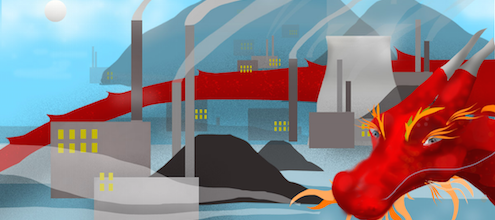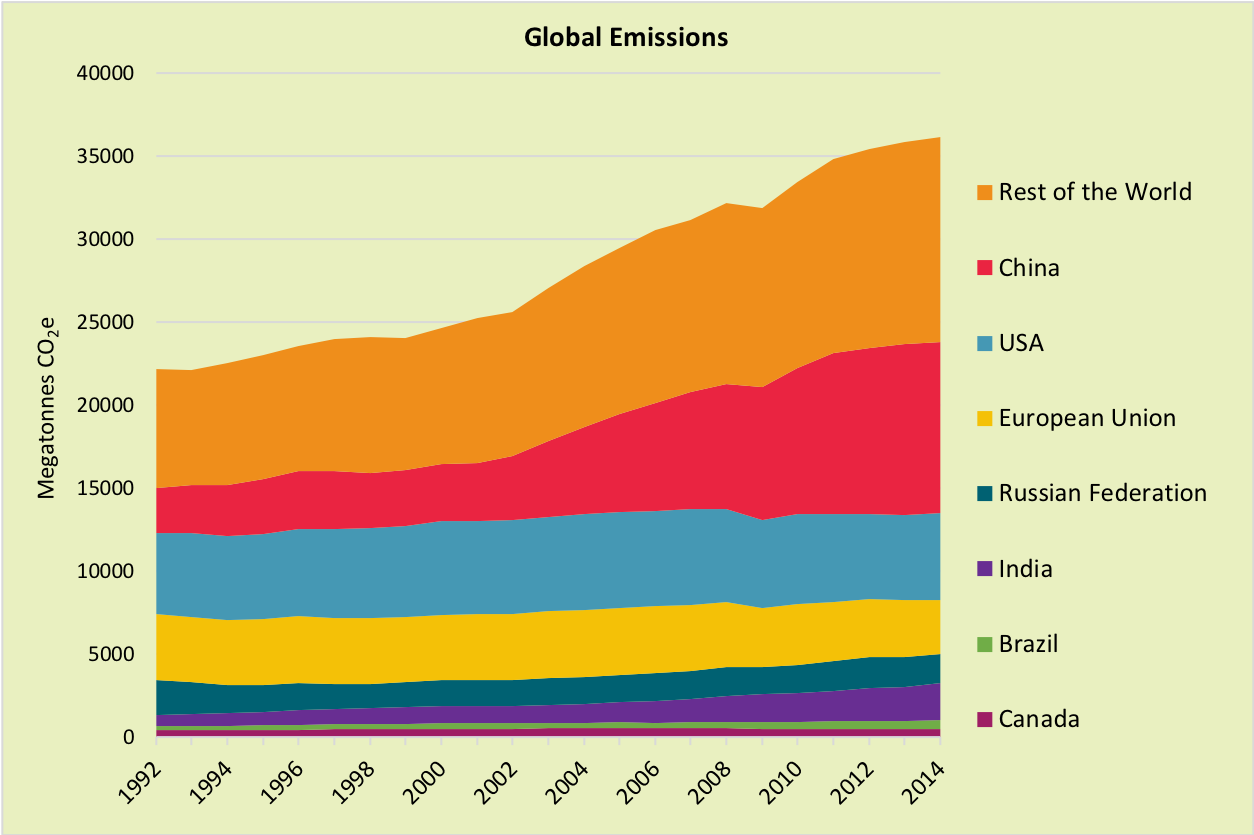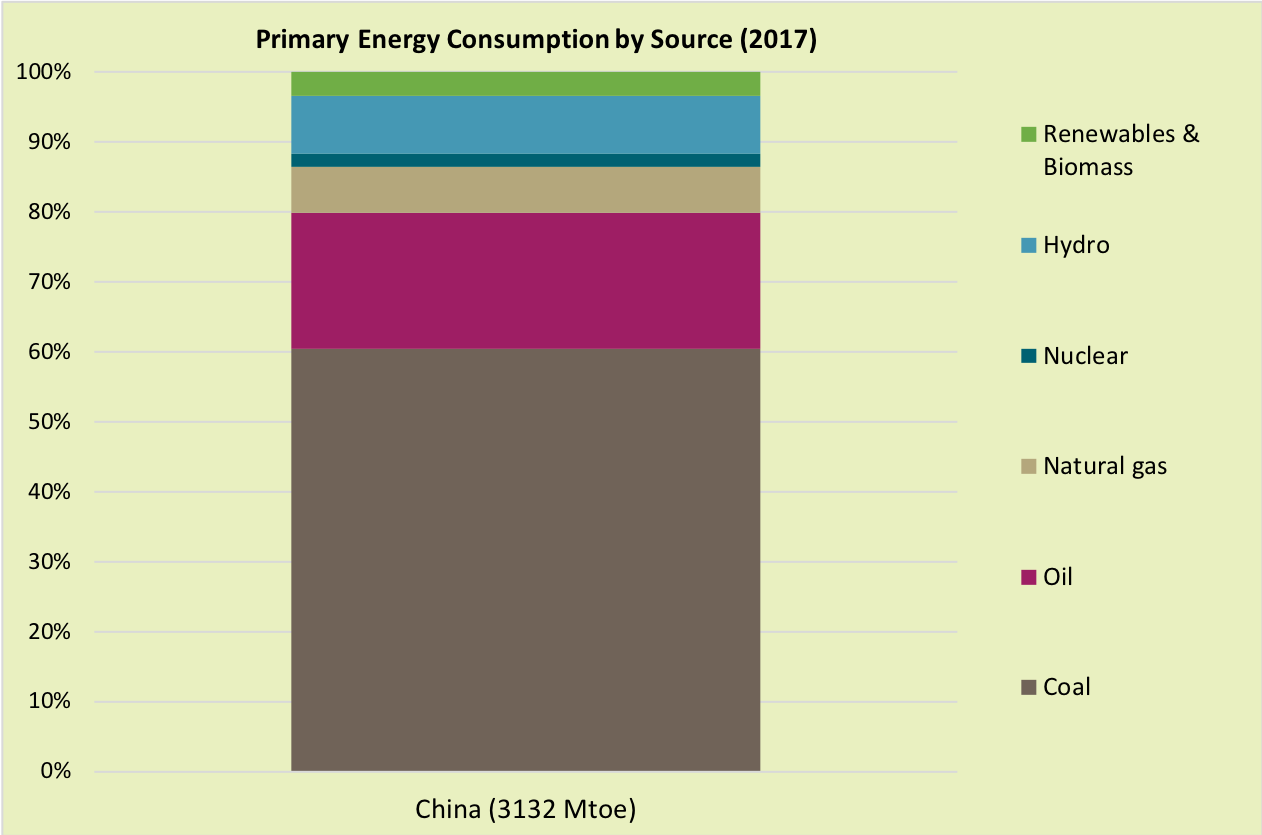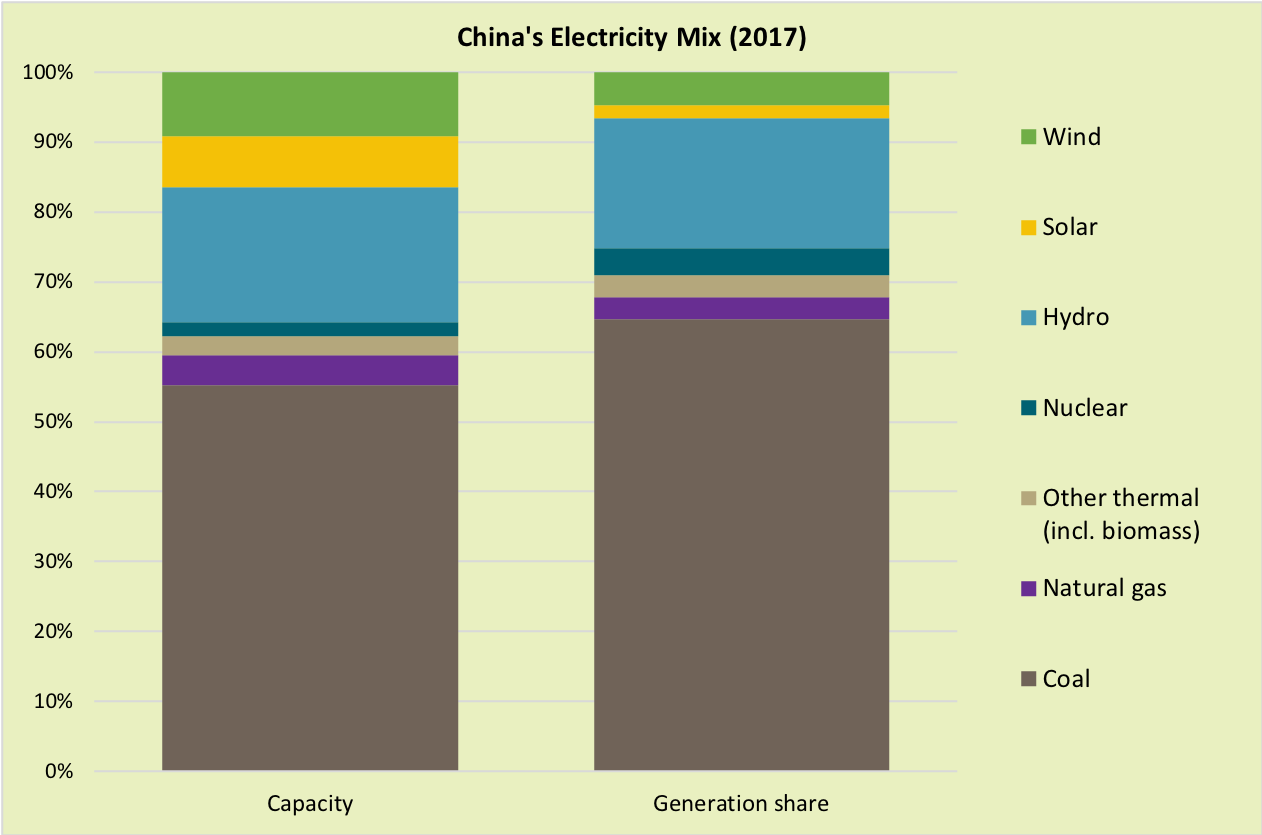
The scale of China’s climate challenge
You can’t talk about climate change without talking about China. It has the most people, the most pollution, and the world’s largest economy by some measures. It is a 21st century superpower, and its actions—at home and abroad—have global implications. As a result, China is a common “whataboutism.” It’s often held up as the reason why climate change isn’t really a Canadian problem.
Let’s test that argument against the evidence. How seriously are the Chinese taking climate change? What are their policies? Do their climate goals square with other policy priorities? Given stark sociopolitical differences, how can the West work with them on decarbonization? I’ll dive into these questions in all their complexity in this three-part series. Today, we’ll set the table and look at China’s climate past and present.
A country transformed
Once insular and agrarian, China has opened itself to the world and evolved into a global economic engine in just a few decades. It has a US$12 trillion economy, and real GDP growth has averaged 7.5% since 1990. The boom has brought pollution—lots of it. China’s share of global greenhouse gas (GHG) emissions has risen dramatically, from 11% in 1990 to 25% today. It currently emits at least 10,000 megatonnes of GHGs per year (datasets differ).
 Source: World Bank, 2019
Source: World Bank, 2019
On the other hand, China’s economic growth has far outpaced the growth of its GHG emissions. It has made significant progress in improving its emissions intensity (GHG emissions per dollar of GDP).
Source: World Bank, 2019
While falling emissions intensity is encouraging and important, slowing the rise of global temperatures requires slowing the growth of total emissions. What are the Chinese promising?
Rapidly changing context
In the 1990s, China positioned itself internationally as a developing nation. It attended UNFCCC negotiations and signed the Kyoto Protocol, but maintained a buffer with industrialized nations through the well-known phrase “common but differentiated responsibilities.” China contended that more ambitious action should come from countries responsible for GHGs already in the atmosphere, giving the developing world more scope to industrialize.
China’s vocal participation in multilateral climate negotiations is a fairly new development. Its 10th Five-Year Plan (2001-2005) was the first to mention climate change. Its first emissions-related pledge came in 2009: reduce carbon intensity by 40%-45% from 2005 levels by 2020 (they’re on track). China’s 12th Five-Year Plan (2011-2015) was the first to contain a climate strategy. At the same time, it started getting serious about air pollution. China’s climate policies and air policies are tightly related.
The rhetoric ratcheted up quickly. In 2014, Premier Li Keqiang declared war on pollution. The government resorted to extreme measures to improve air quality in major cities, issuing hefty fines and jail time, and shutting down as many as 40% of the factories in the entire country to ensure compliance with new standards. These weren’t climate policies, but rather health policies with climate co-benefits. Taking one issue seriously means addressing the other as well.
In anticipation of the Paris Agreement, China’s Nationally Determined Contribution outlined four key, concrete targets for 2030:
- Reach peak emissions as soon as possible (doing so by 2030 should be fairly easy)
- Derive 20% of energy use from non-fossil fuel sources
- Slash emissions intensity per unit of GDP by 60% from 2005 levels
- Increase forest stock volume by 4.5 billion cubic metres
We dig into the policies underpinning these pledges in Part 2.
A healthy appetite
Where do China’s emissions come from, and where would they be easiest to cut? The short answer: energy. A slightly longer answer: coal, cement, and steel. China is the largest global producer and consumer of each.
China’s energy appetite is voracious. Energy use is responsible for about 78% of Chinese emissions. Coal and oil dominate primary fuel usage.
 Source: BP Energy Outlook, 2019
Source: BP Energy Outlook, 2019
Electricity is worth exploring further. It accounts for 46% of China’s energy consumption (forecast to rise to 58% by 2040). As of December 2018, China has 1,899 gigawatts of installed power capacity (Canada has about 145 gigawatts). While the growth of its renewables sector is rapid and exponential, China relies heavily on coal.
 Source: China Energy Portal, 2018
Source: China Energy Portal, 2018
Coal not under control
China’s emissions problem is largely a coal problem. In 2017, about 73% of China’s emissions came from coal.
China represents 51% of global coal consumption and 45% of global production (mining also produces a lot of methane). It is the second largest importer, too. China’s total coal consumption grew by 3% in 2018, offsetting emissions savings from new renewable builds.
The overall coal trend is unclear because there’s no central planner for electricity. China has devolved significant planning authority to its 34 first-level administrative divisions—many of whom have competing and contradictory incentives. Centrally-planned policies face unique obstacles to implementation at lower administrative levels. Economic targets are sometimes in tension with environmental targets, administrative officials don’t always comply with central policy, and enforcement is imperfect.
As a result, China has simultaneously issued permits—sometimes surreptitiously—for 245 gigawatts of new coal capacity, while halting expansion of other projects. New coal installations have slowed since 2015, but could easily ramp up again. On the other hand, China’s current Five-Year Plan (2016-2020) outlines intensity standards to optimize its current stock and prevent overbuilding. The latter issue is especially problematic: the average Chinese coal plant only fires at 49% capacity.
Current forecasts estimate China will still have 1,000 gigawatts of coal capacity in 2045. On coal, China has a long way to go. The central government has shown a willingness to step in to address industrial pollution. Will it do the same to halt new coal plants or accelerate conversion to gas-fired plants? Will it take any additional action on its existing fleet?
China also continues to finance coal projects in the developing world. In this regard, China is increasingly out of step with other nations and institutions and faces growing diplomatic pressure to refrain from bankrolling new projects.
(A quick note: While China’s GHG datasets aren’t 100% reliable, they can offer a sense of scale. There are still consistency issues, but reconciling data collection and reporting methods are a priority for Chinese policymakers.)
A sense of scale
China is by far the world’s largest emitter and accounts for over one third of new energy demand. But the question of responsibility doesn’t always have a clear answer. Between 1990 and 2008, exports also accounted for one third of the growth in Chinese emissions.
This effect is now coming full circle. Growing domestic demand, foreign policy ambitions, and tightening environmental standards have led to the offshoring of carbon-intensive power and materials. There are plenty of ideas to overcome this issue, which is formally known as carbon leakage. We’ll discuss them in more detail later.
We have developed and presented the story of China’s emissions, but what about the plan to reduce them? What policies does China have in place, and what policies are on the horizon? Part 2 scans China’s policy landscape and looks at the political economy that informs its broader strategy.





Comments are closed.